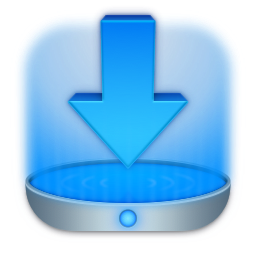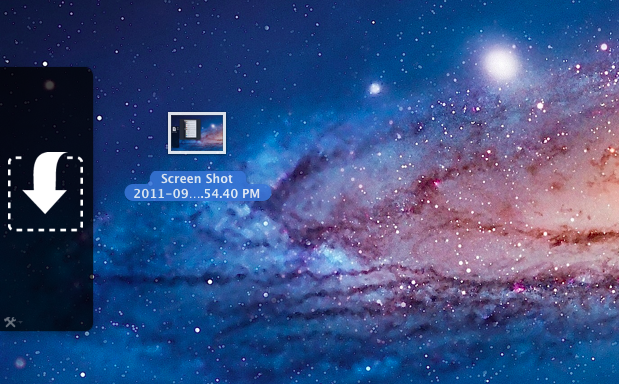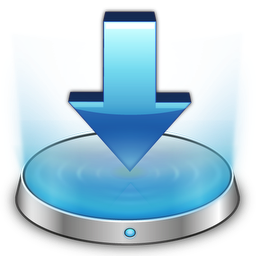macOS 15 Sequoia introduced a new, annoying screen capture permission reminder that has brought on a lot of push-back from developers (myself included).
Now, Ricci Adams has found a way to virtually stop the nagging for specific apps. (I found out about this from Jeff Johnson’s Desolation of Blog blog).
First things first: Please use your own discretion when trying this. Consider if you’re savvy enough to work with the Terminal, and if you really want to remove the permission reminder for an app.
Apparently, there is a TCC (Transparency, Consent and Control) – protected file that keeps track of when to show the next nag screen for specific screen capturing apps, located at
~/Library/Group Containers/group.com.apple.replayd/ScreenCaptureApprovals.plistUsing Terminal (which first needs to be granted Full Disk Access in System Settings > Privacy & Security), you can set that date far into the future so you won’t ever see the nag again.
For example, I wanted to make absolutely sure it never bothers me again for my own app ScreenFloat, so I just set it to my retirement date: January 1st, 4321.
defaults write ~/Library/Group\ Containers/group.com.apple.replayd/ScreenCaptureApprovals.plist "/Applications/ScreenFloat.app/Contents/MacOS/ScreenFloat/" -date "4321-01-01 00:00:00 +0000"Restart your Mac (or log out and back in) so it accepts the new defaults, and you’re all set.


